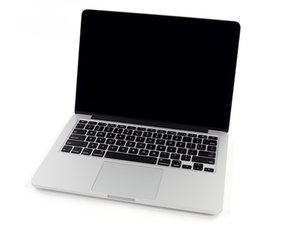Replacing logic board, do I need to do anything to the SSD?
Finally bought a replacement logic board for my dead 2014 MBP, and it should be coming within the next week or so. It’s a bit of an upgrade, previously I had a 2.8ghz i5 w/ 8gb ram, and the new one will have 3.0ghz i7 w/ 16gb ram, so its not a straight replacement.
I still have my SSD in good working order. Do I need to do anything to it, such as a clean boot, some sort of initializing, or any reformatting to it before my computer will fully work again? I had thought that I could simply pop it into the slot, close it up, turn it on, and go, but I’ve learned that things are rarely that easy.
I believe it was running el capitan but I can’t quite remember. Should I upgrade to mojave once I get it running?
Thanks!
この質問は役に立ちましたか?

 4
4  2
2 
 144
144 